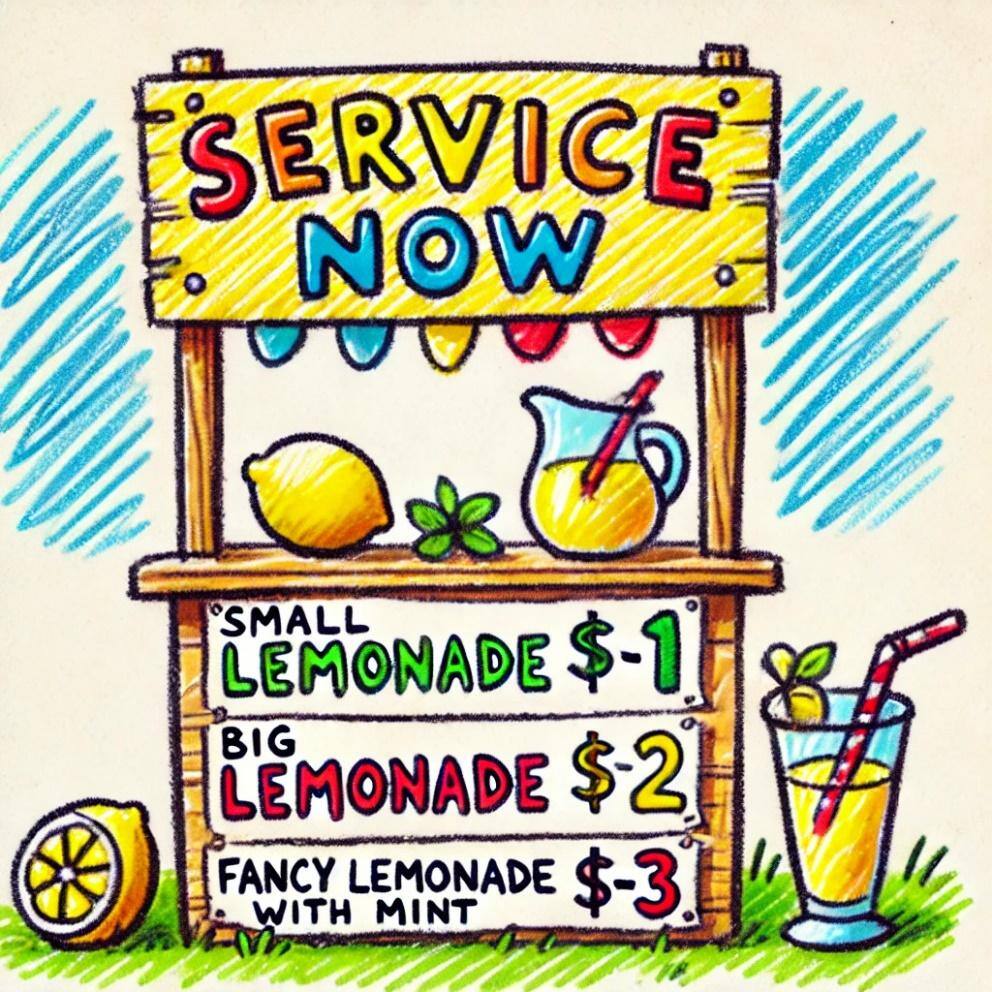AI for Customer Service and Operations - The Do's and Don'ts
ServiceNow’s AI-driven technology redefines what's possible, from streamlining customer interactions to boosting agent productivity. Discover insider...
 Wojciech Kapica
•
5 min read
•
Apr 16, 2024
Wojciech Kapica
•
5 min read
•
Apr 16, 2024

Your company wants to adopt ServiceNow, but are you concerned about the business impact? Are you planning to implement a project and want to ensure its success? This article will highlight the most important points to follow to guarantee that your ServiceNow implementation goes smoothly.
A recent conversation I had with one of our clients has inspired me to formalize an idea. We spoke about the upcoming implementation and what the stakeholders can do to ensure the project succeeds. While everyone on the team has their part in that, it always feels like a track sprint – preparation gives the best way to maximize efficiency, get your head in the race, and aim for a bullet start.
Adoption of ServiceNow gives the perfect example that with the right strategy, preparation, and mindset throughout, you can succeed with even the most complex projects. Hence, the bullet points are below. Or Steps, as we would call them.
Every project starts with an idea. But what an idea lacks is the chain of events that would see the project reach completion. Early on, a vision of a finalized objective has to form, followed by its building blocks, Steps, initially lacking details but forming a recognizable pattern. Truthfully, if you do not know your destination, how would you know you arrived there?
Crucial in the implementation is to understand your starting point. ServiceNow thrives in simplifying workflows, and to reach that golden standard, your existing workflows are required to serve as the basis for implementation. By following legacy, the project team can understand better what moving between stepping stones will entail and allow the team to successfully navigate you through it.
As a takeaway, make sure the global scope is defined clearly, concisely, and measurable, then understood by all stakeholders, and there are no uncertainties before the implementation starts. This has been proven time and time again to save your company a lot of time (and money) that would later be needed for scope clarifications, defining UAT conditions, etc.
This step is especially important for companies adopting ServiceNow into their environment, either as a first tool of this magnitude or switching from another platform. Perhaps, for those companies, this might be the most important point of all.
The most successful ServiceNow implementations build on ServiceNow ideas and processes, following out-of-the-box functionality whenever possible. This does not mean you should avoid customizations! It means that, if possible, it might be best to adjust existing processes to the way ServiceNow operates rather than try to make the tool match how you operate.
The occurrence of a customer wanting to entirely drop the past approach and ignore vast potential in customizations offered by ServiceNow is too rare, practically unheard of. Brainstorm within the team, gather what you think was good, and make it better. This is the tool to do so. But it is easy to misalign one's own requirements with the vision of others.
Allow me to use an analogy: knowledge of words is not enough to speak a language—you also require grammar to structure them. ServiceNow, known in broad strokes, would not present its benefits if its deliverable flexibility and modularity potential were never presented to you.
By default, ServiceNow has a uniform way of handling processes – while sometimes easy to change, it is important to try and shift the thinking into how ServiceNow would approach a particular problem. This might mean that you may need to change the way things were done until now. For example, while engaging in high-level design, moving away from stationary ticketing solutions into cloud-based incident management requires including different approaches. We exist to help you ease through such a passage, Step by Step.
Speaking of customizations, as you progress with implementation and encounter new platform features working wonders, you will probably see potential for multiple improvements, even new functionalities. That is great, and you should build on that! Do keep in mind, however, the initially accepted scope of the project.
Adding functionalities on top of what was already designed appears very tempting, but it very well may bring about the risk of needing to redesign significant parts of your system, even if some changes seem to be small. This, in turn, puts you at risk of delaying the initial project, with even bigger implications down the line. A waterfall of ideas would cascade down through the whole implementation, flooding the initial vision. Not the most welcomed sight.
Instead, write down ideas, put them into stories, or even plan for another phase (or, say, a Step), and let your project team know about it, but stick to the original plan for the time being. This way new elements get implemented later, but without impacting your current timeframes. If things go as planned, and you work with skilled ServiceNow architects, documenting each and every project from requirements, acceptance criteria, activities and test results, you can be sure to see them implemented to the platform sooner than you think!
Most IT projects nowadays follow the Agile methodology, which aims to refine and evolve the requirements and solutions based on continuous collaboration between the delivery team and the customer. This helps you (the customer) to understand the end results better and influence them early if a need arises
Be mindful, though—a successful project should have a well-defined start and finish, and changes along the way should help facilitate this journey rather than change your destination. If your vision has changed significantly along the way (see first Step), then maybe a different project was just encountered from the one you were planning to do in the first place.
In such a scenario, it is sometimes better to stop for a moment, get your bearings together with the project team, and then make a decision: either follow your original path or pick a new destination. You can treat it as an if/else statement. Otherwise, there is a risk ending the workflow in an unrecoverable spot.
Always have a plan for your ideal scenario, where everything works like initially imagined. Take it and include it in the scope and design elements. Reaching the final destination, your project team needs to already start planning ahead for that golden ending.
Before you get there, however, always define criteria for the Minimum Viable Product and include that in the scope. If an unexpected situation occurs, this will reduce the risk and ensure you meet the original timelines. You will still get to the finish line, with a larger Step count and only maybe a small detour along the way.
Paraphrasing an old saying: plan for the best, prepare for MVP.
Last but definitely not least, remember—no matter the business goals, your company is the people who work alongside you—the same people who will be using your ServiceNow platform. If you want it to be successful, ensure that your employees are ready for it and that it makes their lives easier as well.
Start working with the users early—prepare them for the upcoming change, ensure they understand the benefits, and show them how ServiceNow can improve their daily jobs and that it is there for them, too. And on top of that, take some extra time to listen to their feedback! They may provide valuable insight into how to improve your platform to streamline your business even better.
Should you wish our humble company to walk you the Six Steps To Clouds, please do not hesitate to contact us.

ServiceNow’s AI-driven technology redefines what's possible, from streamlining customer interactions to boosting agent productivity. Discover insider...

Breaking down different service types through a simplified example Business Services, Technical Services, Application Services, Business Service...

The Catalog Builder is a powerful tool within the ServiceNow platform that allows users to create and manage service catalogs. A service catalog is a...